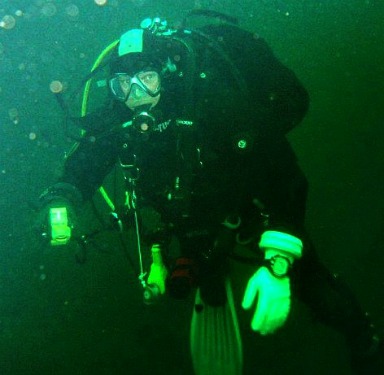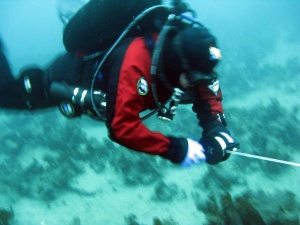Cold Water Scuba Diving

Time for a New Adventure

CC BY-NC by Travis S.
Have you ever wanted to dive a particular site but the water was just too cold? There is an answer and it’s called a dry suit. Opposite from a wet suit you stay dry inside it which acts as a layer of insulation to combine with ‘air’ to keep you warm.
With a little bit of training and some extra gear for safety you can learn to use a dry suit. The training primarily consists of learning to manage the air intake and the exhaust of the dry suit. This is to manage your buoyancy and the squeeze of the water pressure on your body. You want to make sure that the suit is not too big as it will be almost impossible to manage the air bubble surrounding you making your dive uncomfortable and, possibly, dangerous.
They are made from materials like neoprene, nylons, rubber, and various other synthetics. So, which material is better? It’s really just a matter of taste as they are just different rather than better. Some, however, prefer neoprene for its extra insulating and buoyancy factors.
They are expensive so make sure you do your research. Find a store that gives a good price and excellent service. You may want to try a rental first to see what works for you. And, if you decide to buy a used suit, make sure it fits reasonably well and does not leak.
If you’ve never considered cold water diving and want to give it a try, check out the Pacific Northwest. Vancouver, BC has temperate water and some of the best scuba diving anywhere.
For more information on cold water scuba diving click here.










